Architect Stephen Yablon was about to usher a New York financial services firm into the modern way of working when the pandemic hit. His expansion of the company’s Midtown Manhattan headquarters—a 25,000-square-foot floor for 125 people—featured benching systems instead of private offices and a large open pantry. But when the COVID-19 outbreak halted construction across the city, Yablon’s team drew up a list of safety retrofits that could be implemented without changing the original plan, ranging from enhancing the HVAC’s filtration system to swapping leather and wool upholstery for synthetic materials used in healthcare. “We walked them through every scenario and discussed all the touch points,” says Yablon, whose eponymous firm is also based in the city.
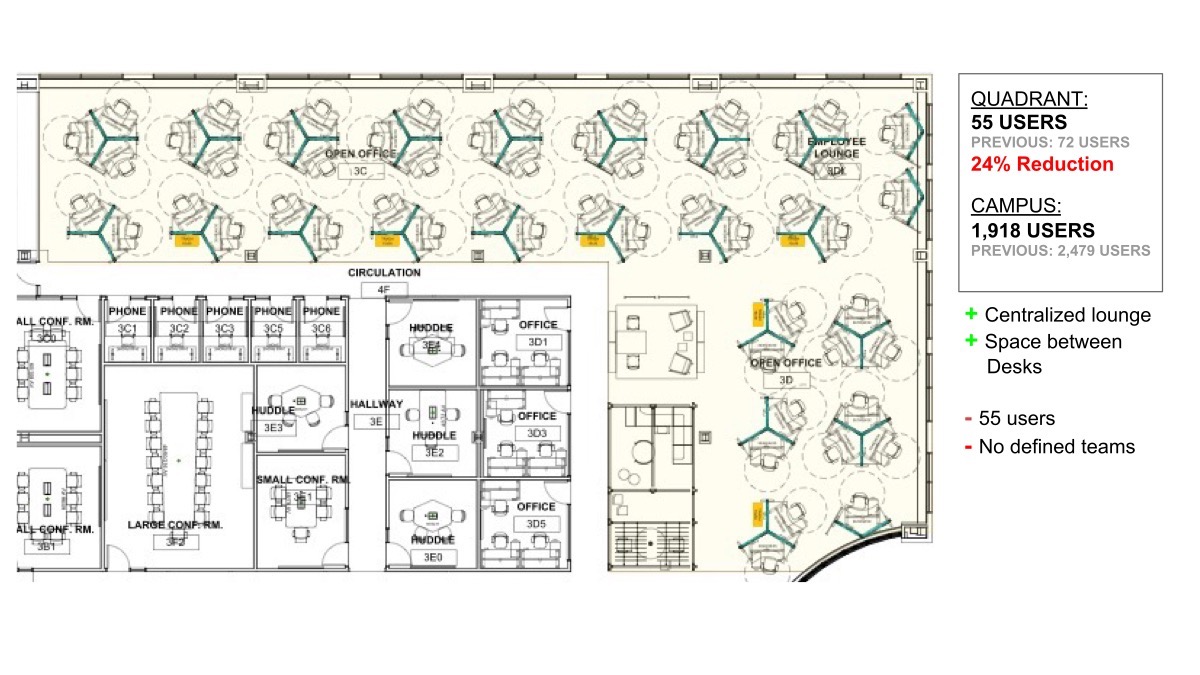
All over the country, architects are having these kinds of conversations with their clients. Reducing the number of employees coming to work on a given day is an obvious way to maintain social distance; modeling by engineering firm Buro Happold indicates that occupancy levels up to 40 percent are possible without any design changes. Yablon’s revised layout for his financial services client calls for partitions between facing and adjacent workstations and accommodates 60 percent of employees. San Francisco-based Form4 is revisiting plans for a 560,000-square-foot, four-building complex in San Jose, California, for a large tech firm’s 2,500 workers. One seating option under consideration, which results in 76 percent of the original occupancy, uses 120-degree cubicles (in groups of three) that were popular about a decade ago.
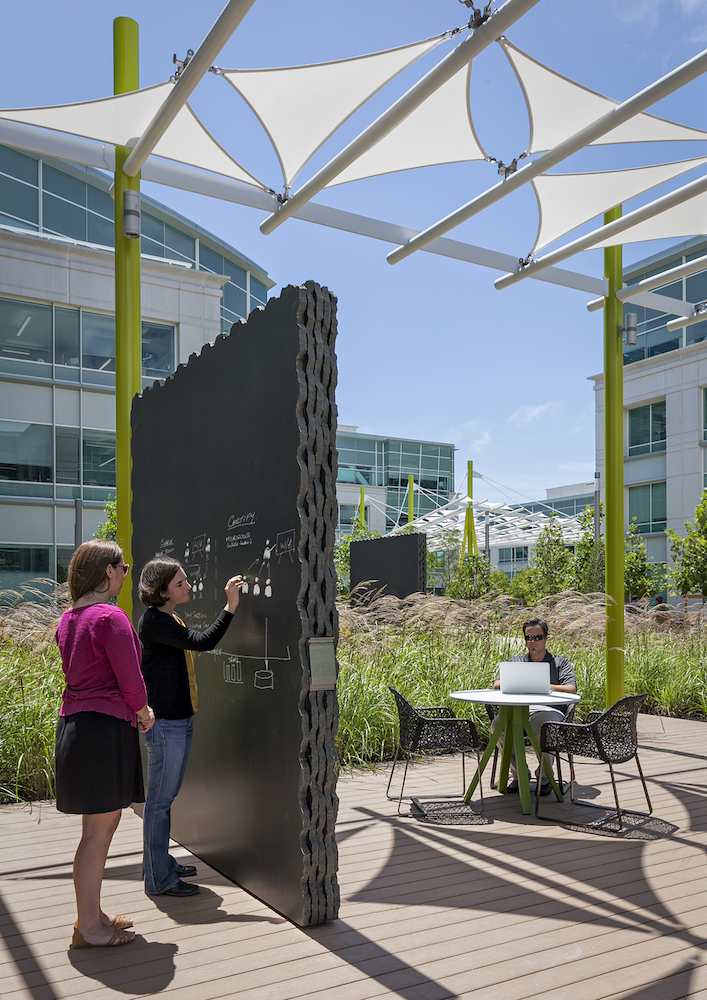
Masks, sneeze guards, and hand sanitizer stations are part of the first line of defense, but CDC guidelines also call for increased ventilation and filtration. According to CEO Paul Ferro, Form4 is talking to clients about increasing the number of HVAC zones, keeping the relative humidity between 40 to 60 percent, and using HEPA filters throughout, as well as sterilizing the air with UVC lighting or bipolar ionization. Natural ventilation may be an option for some; for a Silicon Valley client, Valerio Dewalt Train has been looking beyond the walls of the office. The Chicago-based practice was already testing outdoor meeting areas before the pandemic, as a way to maximize pricey Bay Area real estate. The firm installed lightweight, moveable furniture, a large chalkboard, power outlets, Wi-Fi, and a simple shade structure. “I’m sure that will increase tenfold in places with good weather,” says Matt Gamache, senior associate at Valerio Dewalt Train.
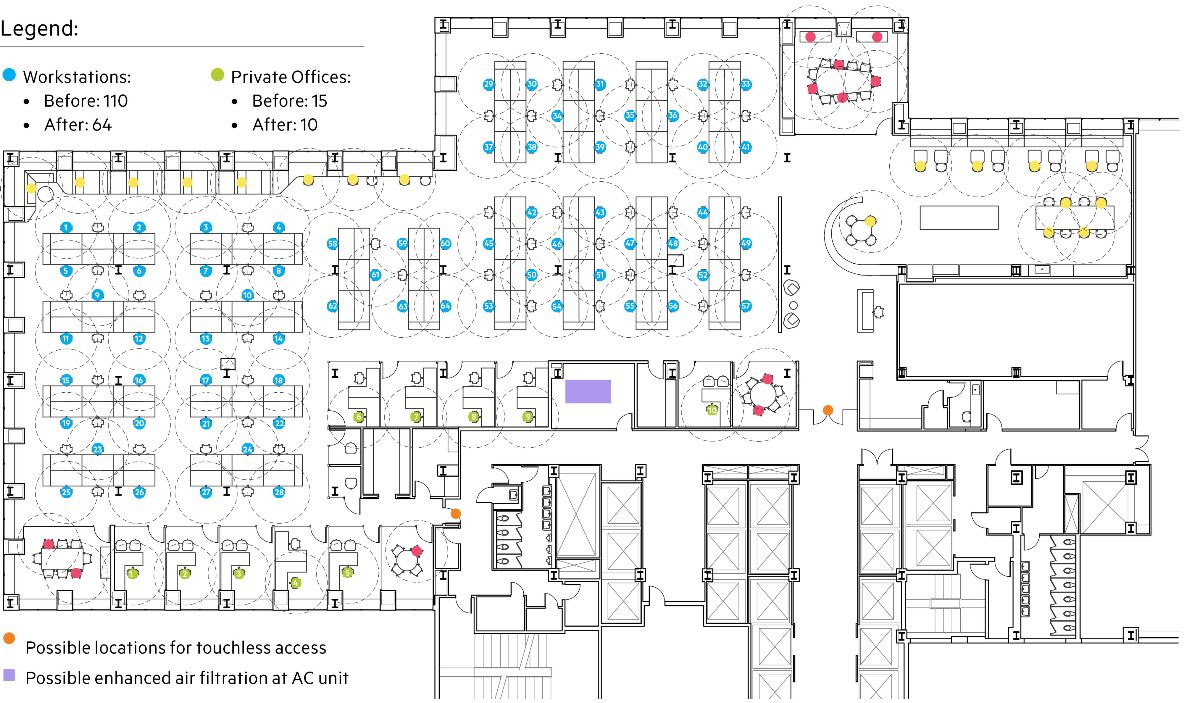
With many touch points and high traffic, entryways and bathrooms present particular challenges. Yablon’s client is implementing a touchless, automated entry system that uses facial recognition; unknown visitors will be prompted to speak to a receptionist through an embedded intercom. Bathroom and stall doors can be made touchless, and Valerio Dewalt Train is specifying low-tech, foot-operated door openers, which are already in use in Google offices. San Francisco-based Studio O+A is converting the lobby of an old Deco building in Oakland, California, for the COVID-19 era, which they had previously redesigned for the multi-tenant building owner. Since the tiny bathrooms can only safely accommodate one person at a time and the doorways are not easily visible, the firm is considering the addition of airplane-style lights in the hallway to indicate whether the facilities are in use.
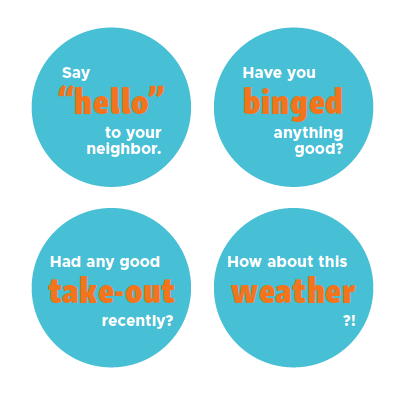
While large companies like Cisco are screening employees via online questionnaires and temperature checks, creating a safer workspace for both big and small organizations alike will require the cooperation of their staff. “Companies want to empower the employees, so that they rely and trust each other,” says Joe Lawton, principal at Valerio Dewalt Train. For a large tech company, the firm created extensive signage in both English and Spanish, for use in the client’s 47 offices worldwide. The signs—40 varieties in all—point out where to prep food in the kitchen, where to drop off devices for tech support, and how to stay in your lane in the stairwells. Also included: floor decals, printed with conversational openers like, “Have you binged anything good?” meant for places where people may need to queue. With the timeline of vaccine development still uncertain, a friendly tone in the workplace may help to speed the wait.


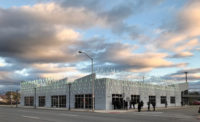
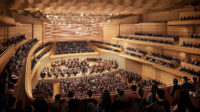
Post a comment to this article
Report Abusive Comment